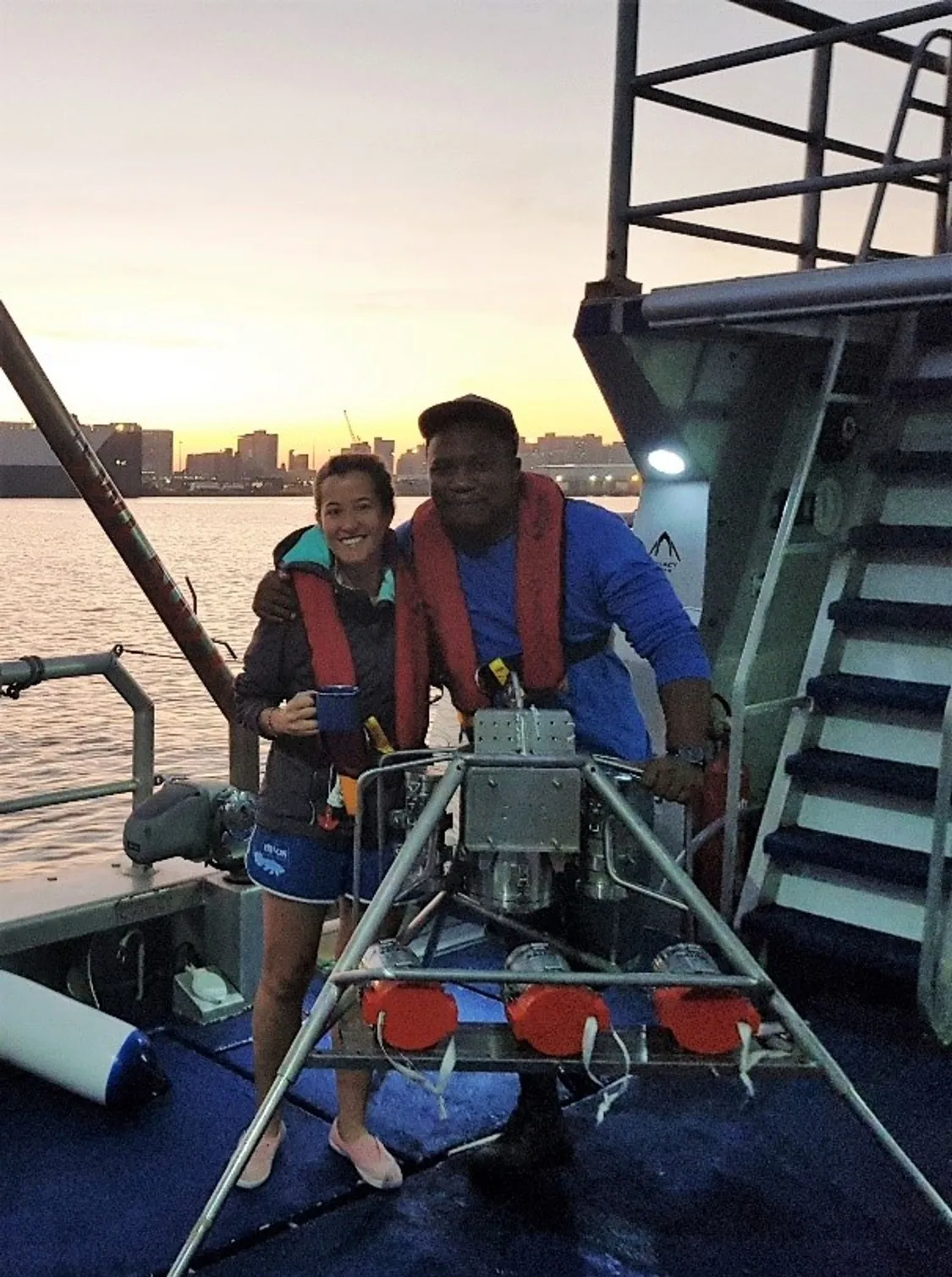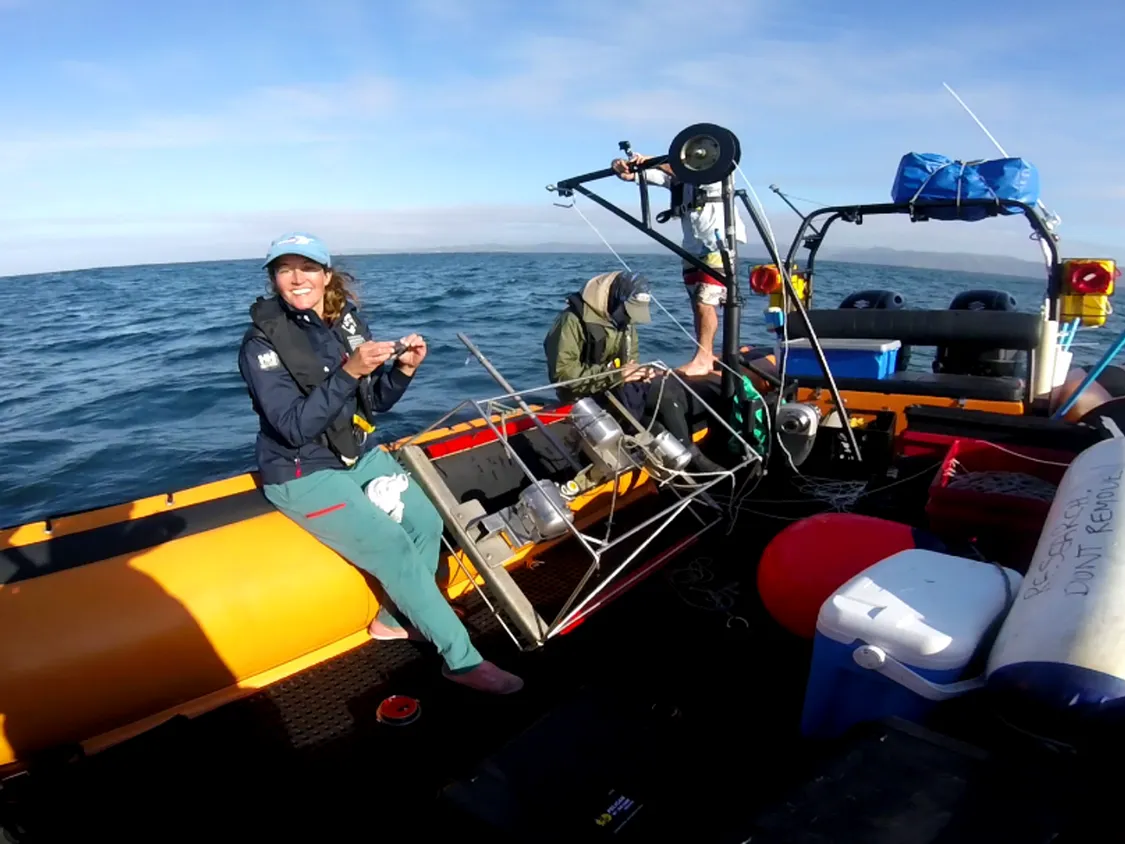Kaylee Smit

My name is Kaylee Smit, and I am a postdoctoral research fellow at the University of Cape Town (UCT) and the South African National Biodiversity Institute (SANBI) where I am assisting the South African team in the MISSION ATLANTIC project.
I am a PhD graduate from Nelson Mandela University (NMU) in South Africa. My studies ranged from coral ecology and ecophysiology to analysing fish and benthic communities using remote imagery (baited remote underwater stereo-video systems (stereo-BRUVS)) to better understand the condition of subtropical and temperate rocky reef ecosystems.
My current research focus is on using these ecological data to identify indicators that can be used to measure the status and trends of marine biodiversity and to better understand the impacts of human pressures on reef ecosystem conditions for mitigating threats, and maintaining the delivery of ecosystem services. This work relates directly to Work Package 5 of MISSION ATLANTIC where in situ and model data are gathered from the Southern Benguela (South African) case study, to identify trends, drivers and tipping points of key pressure and state indicators. As such, I will be using the MISSION ATLANTIC mobility grant to go to the University of Hamburg in Germany and work with Saskia Otto. We will also be collaborating with Martin Lindegren at the Technical University of Denmark (DTU) and may spend some of my time in Copenhagen too.
The aim of this work exchange is to learn from international best practices and to collaborate with MISSION ATLANTIC partners to increase capacity with analytical tools and methods to advance marine ecosystem assessment (status and trends) in South Africa.

Kaylee Smit and Siseko Benya getting ready to use the drop camera to collect benthic photoquadrats, on board the SAIAB/DST-NRF research vessel, Phakisa.

Kaylee Smit (collecting data for her PhD in 2017) preparing the cameras to deploy the baited remote underwater stereo-video systems (stereo-BRUVS) to collect data on demersal fish and benthic communities at depths between 10 – 90 m; on board the research vessel Honckenii.